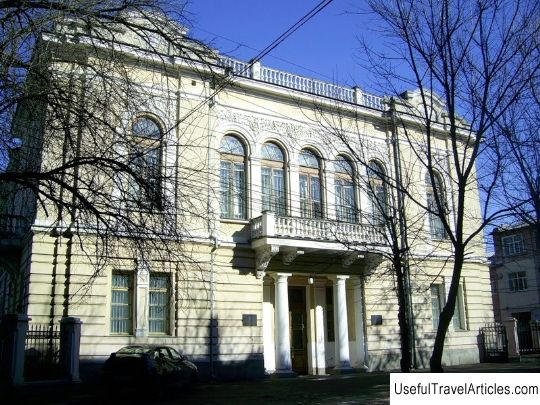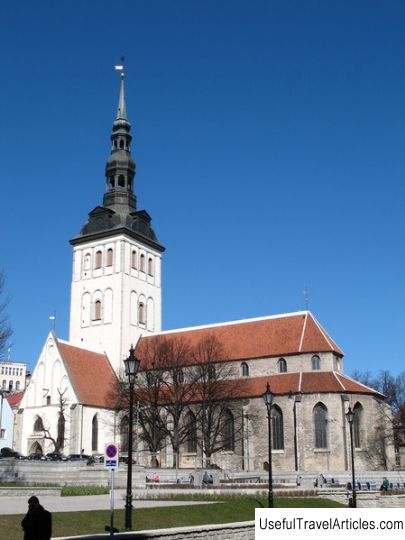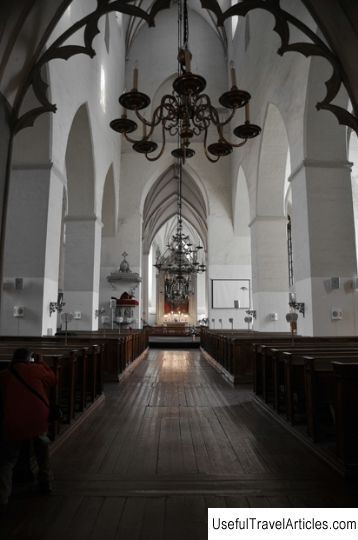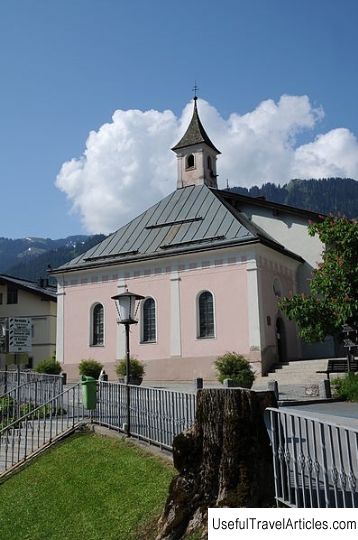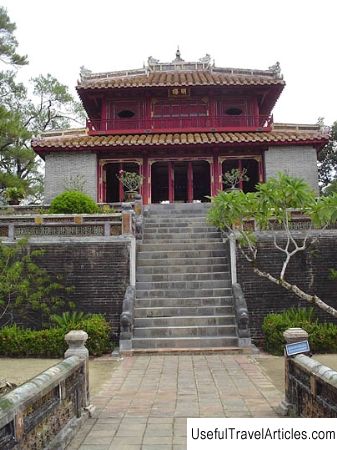Church of the Holy Spirit (Puha Vaimu kirik) description and photos - Estonia: Tallinn
Rating: 8,2/10 (1232 votes) 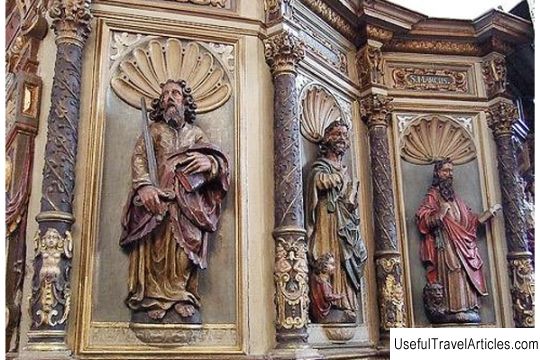
Church of the Holy Spirit (Puha Vaimu kirik) description and photos - Estonia: Tallinn. Detailed information about the attraction. Description, photographs and a map showing the nearest significant objects. The title in English is Puha Vaimu kirik. Photo and descriptionOne of the oldest churches in Tallinn is the small, modest Church of the Holy Spirit. Presumably, it was built in the 13th century at the almshouse of the same name; it was recorded in the town hall documents in 1316. The church acquired its present appearance in the 14th century, later in 1688 the building was supplemented with a spire in the late Renaissance style. For centuries it was the chapel and the almshouse church of the magistrate. The rather modest architecture of the church building is compensated by its rich decoration. Almost all styles are represented here - from Gothic to Classicism. The Church of the Holy Spirit contains a large collection of art. One of the most valuable is the altar made by master Bernt Notke in 1483. The altar is a multi-leaf structure, in the middle of which the descent of the Holy Spirit is depicted (hence the name of the church). On the side panels, scenes from the life of St. Elizabeth, as well as The Passion of the Lord. With their content, they convey in vivid colors the perception of the world of a man of their time. The most striking Renaissance style can be traced in the hanging pulpit donated by the burgomaster Heinrich von Lohn in the 16-17th centuries. However, the authors of this creation are unknown. Also of interest are baroque chandeliers, baroque balconies for choirs decorated with biblical paintings and baroque epitaphs. Recently the church was proud of the bell of Mary, made in 1433 by the master Merten Seifert. It was decorated with vines and figures, as well as text written in Latin and Lower Saxon. But Mary's bell shattered after a fire that happened in 2003. Classicism is presented rather modestly, the only example of which in the Church of the Holy Spirit is the painting by Johannes Howe depicting the meeting of the Lord. A real decoration of the church is the clock on its facade, made by Christian Ackermann in 1688, and is still in operation. The clock is made in the Baroque style and decorated with wood carvings. For many years, the church has been the most important cultural center for Estonians. Its history is closely related to the development of Estonian culture in general. It was here that the catechism, translated into Estonian by S. Vanrad and J. Coel, was first heard. In the same building from 1563 to 1600 worked Baltazar Russov, who is the author of the "Livonian Chronicle", which contains data on the most important events in the history of the Estonian land. Currently, the Church of the Holy Spirit is active Evangelical Lutheran.         We also recommend reading Ruins of the Monastery of Dumio (Mosteiro de Dumio) description and photos - Portugal: Braga Topic: Church of the Holy Spirit (Puha Vaimu kirik) description and photos - Estonia: Tallinn. |
